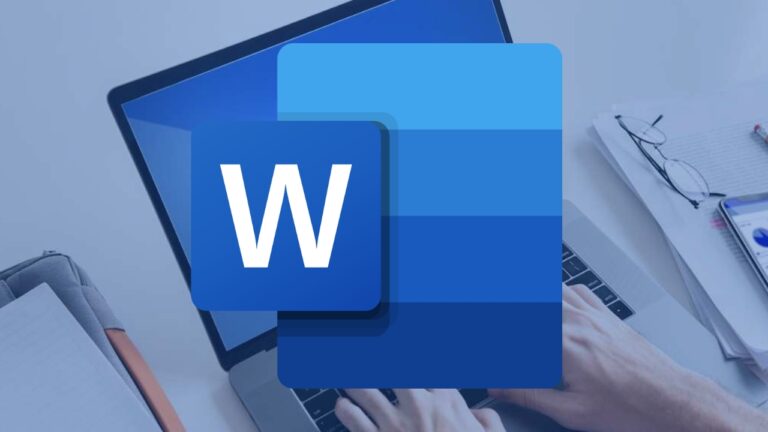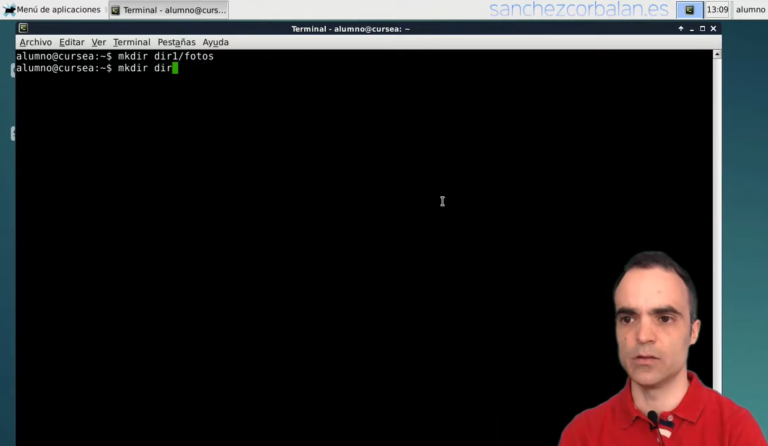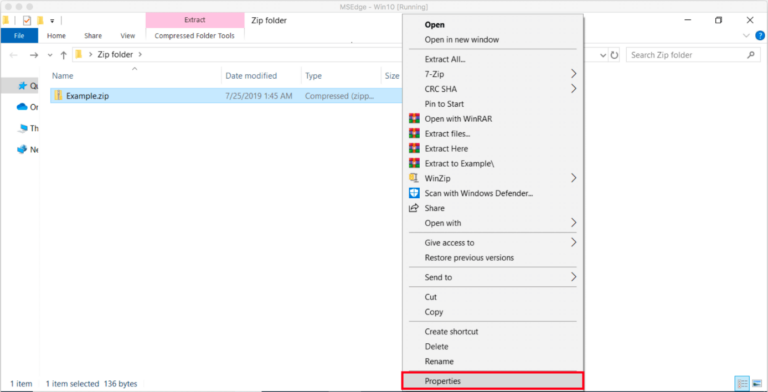
If you are selling on Amazon or Walmart, you already know slow fulfillment can quietly strangle your business.
Nearly 70% of consumers expect delivery within two days or less, and 41% will abandon a brand after just two bad delivery experiences.
Amazon’s algorithm heavily weighs fast shipping in its Buy Box calculations, while Walmart’s Pro Seller Badge is tied to your on-time shipment rate, which needs to be above 95% consistently to remain in good standing.
In a landscape where the fastest seller often wins the sale, improving fulfillment speed is not just about meeting customer expectations—it’s about staying in the game at all.
1. Use FBA or WFS Strategically

Fulfillment by Amazon (FBA) and Walmart Fulfillment Services (WFS) can turbocharge delivery speed, but using them without strategy can drain your margins with high storage fees, removals, and inflexible policies.
Actionable Steps:
- Send fast-moving SKUs (top 20% by volume) to FBA or WFS to secure the Prime or 2-day badge while keeping slow-moving, oversized, or fragile items in FBM or a 3PL.
- Monitor Amazon’s IPI score (Inventory Performance Index) to prevent inbound restrictions.
- Use dual fulfillment (FBM backup) for best sellers during seasonal spikes to avoid stockout penalties.
A household goods seller moved their top 50 high-velocity SKUs into FBA, resulting in a 32% sales increase within 45 days, while keeping fragile SKUs in FBM to avoid damage disputes and excessive long-term storage fees.
Fast fulfillment is just as critical for Amazon wholesale sellers, who purchase branded products in bulk for resale. Since wholesale sellers often compete on the same ASIN, Buy Box rotation heavily favors those with consistent, fast shipping paired with competitive pricing.
Using FBA for your high-volume wholesale SKUs allows you to secure Prime eligibility while offloading storage and shipping to Amazon’s network. For oversized or lower-margin wholesale items, maintaining FBM or working with a 3PL can protect your margins while keeping fulfillment fast enough to stay competitive.
2. Improve Inventory Placement and Stock Levels
Inventory mismanagement is a hidden killer of fulfillment speed. Overstocking in one location while customers order from another region creates delays and increases shipping costs.
How to Improve:
- Use Amazon’s Inventory Placement Service to distribute stock to high-demand zones.
- Check Walmart’s Replenishment Dashboard weekly for geographic demand insights.
- Adopt predictive inventory tools like SoStocked, Forecastly, or RestockPro to calculate reorder points dynamically.
Inventory Allocation Strategy
| Metric | Recommended Target |
| Stock Cover | 30–45 days on-hand |
| IPI Score (Amazon) | >400 to avoid restrictions |
| On-Time Inbound (WFS/FBA) | >95% |
| Out-of-Stock Rate | <2% |
3. Streamline Your Prep and Labeling Processes

Fulfillment delays often occur before inventory even hits FBA or WFS due to poor labeling, damaged units, or non-compliance issues.
How to optimize:
- Use thermal label printers for scannable barcodes that won’t smudge.
- Set up a dedicated prep station with clear SOPs (standard operating procedures).
- Partner with prep centers near major Amazon/Walmart hubs for faster processing.
4. Optimize Your Warehouse Layout (If Self-Fulfilling)

Even with FBA or WFS, many sellers also operate FBM for select SKUs or during overflow seasons. A poorly structured warehouse can lead to wasted time during picking and packing.
Implementation:
- Store top-selling SKUs near packing stations.
- Organize products with clear bin labeling and barcode scanning.
- Apply batch picking for orders with similar items to cut pick times.
Real-World Benchmark:
Streamlining pick paths can cut pick times by 30%, turning 200 orders per day into 260+ with the same staffing levels.
5. Enable Same-Day and Two-Day Shipping Where Possible
Fast delivery is not a luxury; it’s a conversion accelerator.
Data from Walmart Marketplace shows sellers with consistent 2-day shipping experience 23% higher conversions than sellers offering 3–5-day shipping, while Amazon’s algorithm heavily rewards faster delivery promises with increased Buy Box eligibility and better organic ranking.
How to Enable Faster Shipping:
Partner with Carriers Offering Late Cutoff Pickups
Carriers like UPS, FedEx, and DHL often offer late afternoon or early evening pickups in many urban areas, allowing you to capture same-day orders placed late in the day.
Example: Switching from a 2 PM to a 6 PM pickup can increase your same-day shipment volume by 20–30% without additional staff.
Use Regional Carriers
Carriers like LaserShip, OnTrac, and Spee-Dee Delivery specialize in next-day and same-day deliveries in specific regions (East Coast, West Coast, Midwest), often at lower rates than national carriers. This can dramatically reduce your costs while maintaining speed for customers in those zones.
Automate Label Generation and Routing
Using platforms like ShipStation, ShippingEasy, or EasyShip, you can auto-generate labels based on order location, weight, and delivery promise, ensuring the fastest and most cost-effective carrier is chosen automatically for each order.
Offer Same-Day Delivery in Local Zone
If you have high sales density in a city, consider enabling local courier delivery for Prime-like experiences.
Example: Sellers using Amazon Local Delivery see a 12–18% uplift in repeat purchases in cities where they offer same-day options.
Why It Matters:
Faster shipping is a competitive edge that leads to higher click-through rates, better customer reviews, and lower cart abandonment rates. When customers see “Get it tomorrow” or “Arrives in 2 days” on your listings, they are 67% more likely to complete the purchase.
6. Automate Order Processing

Manual order processing introduces avoidable delays, human error, and wasted labor hours that could otherwise be spent on growth-driving activities.
Why Automation Matters:
- Manual Order Processing Speed: ~4–6 minutes per order
- Automated Processing Speed: ~15–30 seconds per order
- Potential Time Savings: Up to 10 hours saved per 100 orders daily
Practical Steps to Automate:
Sync Order Ingestion
Connect your Amazon and Walmart stores with tools like ShipStation, Orderhive, EcomDash, or Sellbrite, enabling automatic import of orders as they are placed.
Automate Label Printing and Carrier Selection
Based on shipping rules (weight, dimensions, destination), automatically print shipping labels and packing slips without manual carrier selection, reducing fulfillment prep time and errors.
Auto Upload Tracking Information
Eliminate delays in tracking updates by automating tracking uploads back to Amazon and Walmart Seller Centers immediately upon label generation, improving customer transparency and maintaining your shipment metrics.
Auto-Responses for Common Customer Queries
Set up templated yet personalized auto-responses for common inquiries like “Where is my order?” to maintain customer satisfaction while protecting your operational bandwidth.
Example Impact:
A health products seller processing 150 orders per day reduced their labor hours by 40% and eliminated 98% of shipment-related support tickets by implementing full automation using ShipStation.
7. Leverage Third-Party Logistics (3PL) Services

As your business scales, the limitations of in-house fulfillment become apparent: space constraints, labor bottlenecks, and high shipping costs due to limited carrier negotiation power.
Benefits of Using 3PL Services:
Scalable Capacity
3PLs can handle sudden volume spikes during Q4, Prime Day, or flash sales without requiring you to hire seasonal staff or expand warehouse space.
Strategic Warehouse Locations
Many 3PLs operate warehouses near major customer zones or Amazon/Walmart distribution centers, reducing last-mile delivery times and shipping costs.
Cost Savings
Because 3PLs negotiate bulk shipping rates, you can save 10–20% on shipping costs while maintaining fast delivery standards.
Seamless Integrations
Top 3PLs integrate directly with Amazon and Walmart Seller Centers, ensuring real-time order ingestion, inventory sync, and tracking updates.
What to Look For in a 3PL:
- Transparent fee structures (storage, pick-and-pack, special handling).
- Clear SLAs for order processing speed (same-day vs. next-day).
- Compatibility with FBA/WFS replenishment for hybrid fulfillment models.
Stat:
Sellers leveraging well-optimized 3PL services have been able to cut average fulfillment times by up to 50%, while also increasing on-time shipment rates above 98%.
8. Monitor Performance Metrics Closely
Fast fulfillment is not just about shipping quickly; it is about consistent, reliable performance, which directly impacts your seller health, rankings, and eligibility for programs like the Amazon Buy Box or Walmart Pro Seller Badge.
Key Metrics to Track:
| Metric | Recommended Target | Why It Matters |
| On-Time Shipment Rate | >97% | Required for Buy Box and Pro Seller eligibility |
| Pre-Fulfillment Cancel Rate | <2% | Protects your seller’s health and account standing |
| Order Defect Rate (ODR) | <1% | Required for Buy Box; high rates lower visibility |
| Late Shipment Rate (Amazon) | <4% | Prevents account flags and suspensions |
How to Track:
- Set up dashboards within Amazon Seller Central and Walmart Seller Center.
- Use daily and weekly reports to identify trends (e.g., repeated late shipments tied to a specific SKU or carrier).
- Implement corrective actions immediately, such as changing carriers or adjusting stock levels, when a trend emerges.
9. Diversify Your Fulfillment Strategy for Stability

Over-reliance on a single fulfillment method (e.g., only FBA or only FBM) exposes your business to disruptions like warehouse closures, policy shifts, or carrier delays.
How to Diversify:
FBA/WFS for High-Velocity SKUs
Ensure your fastest-selling products are stocked in FBA or WFS to capture Prime and 2-day delivery advantages.
FBM for Bulky, Fragile, or Slow-Moving SKUs
Maintain flexibility by self-fulfilling items that are expensive to store or ship through FBA/WFS.
Add 3PL for Overflow or Multi-Channel Fulfillment.
A 3PL can handle overflow inventory, high seasonal volumes, and fulfillment for non-Amazon/Walmart sales channels seamlessly.
Regional Prep Centers
Using prep centers near Amazon/Walmart facilities reduces inbound shipping time and cost, enabling faster replenishment without tying up your main warehouse.
This layered approach ensures you can maintain fast delivery promises consistently, regardless of demand spikes, warehouse issues, or unforeseen disruptions.
10. Communicate Realistic Delivery Times

While it is tempting to advertise the fastest possible delivery time to boost conversions, overpromising can backfire if your systems cannot consistently meet those promises.
Best Practices:
Align Promised Delivery with Actual Capacity
If your 2-day delivery depends on a carrier that frequently experiences delays during holiday seasons, consider switching to a 3-day delivery promise temporarily.
Set Buffer Times During High-Volume Periods
During Q4 or major sales events, adjust delivery estimates conservatively to account for carrier and warehouse delays.
Be Transparent with Customers
Communicate expected delivery dates in listings and confirmation emails. Use your automated messaging to notify customers proactively if a delay occurs.
Example:
If your average delivery is 2 days, but holiday congestion often extends this to 3–4 days, updating your listing promise to “2–4 days” can reduce negative reviews and preserve seller health metrics.
Customer Trust Impact:
A Harvard Business Review study found 86% of customers are willing to shop again with a brand after a positive delivery experience, even if delivery was slower than the fastest competitor, provided the expectation was set correctly and met reliably.
Conclusion
Selling on Amazon and Walmart today is a race where speed decides who wins and who gets left behind. It’s not just about beating your competitors to the customer’s door; it’s about proving you can deliver consistently, accurately, and without excuses.
Whether you’re sending your fastest SKUs to FBA or WFS, leveraging 3PLs for scalable growth, or fine-tuning your warehouse workflows, every improvement you make in your fulfillment process compounds into something bigger trust.
And in e-commerce, trust is what turns a one-time customer into a loyal one who comes back, leaves positive reviews, and tells others about your brand.
Fast fulfillment doesn’t have to drain your resources if approached strategically. Use automation where you can. Keep your stock in the right places. Communicate honestly about delivery times, and be prepared with backup strategies when challenges arise.
At the end of the day, customers want to feel confident that when they click “Buy Now” on your listing, their order will arrive on time and in good condition. When you deliver on that promise consistently, you’re not just shipping a product—you’re building a business that can thrive in any market condition.
Relacionados:











